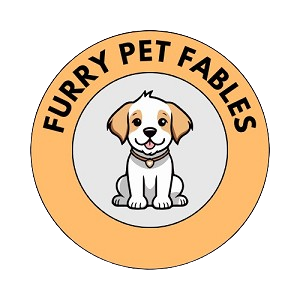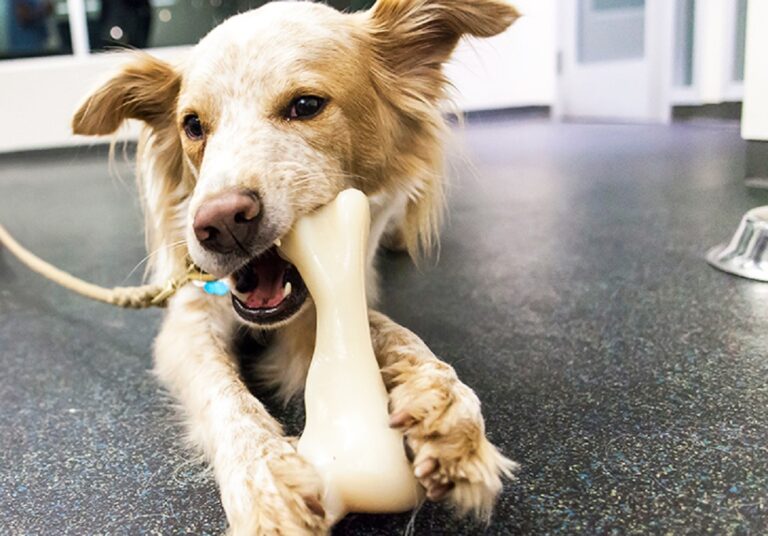Stopping Destructive Chewing in Puppies & Adult Dogs: Fix It Now!

Destructive chewing can turn the joy of dog ownership into a frustrating experience. Whether you’re dealing with a teething puppy or an adult dog that’s developed a taste for your furniture, understanding and addressing this behavior is crucial for the well-being of your pet and the preservation of your home. This comprehensive guide will arm you with effective strategies to curb destructive chewing, ensuring a happier, healthier life for both you and your canine companion.
Understanding Why Dogs Chew
Chewing is a natural and necessary activity for dogs. It helps puppies explore their world, relieves teething discomfort, and assists adult dogs in keeping their jaws strong and teeth clean. However, when this behavior turns destructive, it’s important to understand the underlying causes to effectively address the issue.
Normal Chewing vs. Destructive Chewing
Normal Chewing: All dogs chew. Puppies do it to relieve teething pain and explore their environment. Adult dogs chew to maintain dental health and alleviate boredom.
Destructive Chewing: This occurs when a dog chews excessively and targets inappropriate items like furniture, shoes, or personal belongings, leading to damage.
Reasons Behind Chewing in Puppies and Adult Dogs
- Teething: Puppies chew to soothe sore gums.
- Boredom: Dogs of all ages need mental and physical stimulation.
- Anxiety: Stress can lead to excessive chewing as a coping mechanism.
- Attention-Seeking: Some dogs learn that chewing gets them attention from their owners.
- Lack of Training: Without proper guidance, dogs may not learn what is acceptable to chew.
Strategies to Stop Destructive Chewing in Puppies
Puppies are notorious for their relentless chewing. Here’s how to guide their gnawing habits in a positive direction.
Puppy-proofing Your Home
- Remove Temptations: Keep shoes, children’s toys, and other chewable items out of reach.
- Secure Trash Cans: Use cans with locking lids or store them behind closed doors.
- Protect Furniture: Use deterrent sprays or protective covers as needed.
Appropriate Chew Toys and How to Introduce Them
- Variety is Key: Offer different textures and shapes to keep your puppy interested.
- Interactive Toys: Engage your puppy with toys that can be filled with treats.
- Supervision: Always monitor your puppy with new toys to ensure they are safe and appropriate.
Training Techniques to Discourage Chewing
- Positive Reinforcement: Reward your puppy for chewing on appropriate items.
- Redirection: If you catch your puppy chewing on something off-limits, calmly redirect them to a suitable toy.
- Consistency: Everyone in the household should enforce the same rules regarding chewing.
Addressing Destructive Chewing in Adult Dogs
Adult dogs may chew for different reasons than puppies, but the principles of correction are similar.
Identifying Triggers for Chewing
- Keep a Diary: Note when and where the chewing occurs to identify patterns.
- Environmental Changes: Moving, new people, or other pets can trigger stress-related chewing.
- Health Issues: Pain or dietary deficiencies can lead to increased chewing.
Behavioral Modification and Training
- Obedience Training: Reinforce basic commands to increase mental stimulation.
- Crate Training: A crate can be a safe space for your dog when unsupervised.
- Professional Help: Consider a dog behaviorist if the chewing is persistent and severe.
When to Seek Professional Help
- Unmanageable Behavior: If you’ve tried multiple strategies without success, it’s time to consult a professional.
- Aggression: If your dog’s chewing is accompanied by aggressive behavior, seek help immediately.
Additional Tips to Prevent Destructive Chewing
Beyond toys and training, there are other ways to keep your dog’s teeth busy and away from your belongings.
Regular Exercise and Mental Stimulation
- Daily Walks: Physical activity can tire out your dog and reduce the urge to chew.
- Puzzle Toys: These can keep your dog’s mind engaged and reduce boredom.
Dental Health and Its Role in Chewing Behavior
- Regular Check-Ups: Ensure your dog’s teeth and gums are healthy.
- Dental Chews: These can satisfy the urge to chew while improving dental health.
Managing Separation Anxiety
- Practice Departures: Short, frequent absences can help your dog adjust.
- Comfort Items: Leave a piece of clothing with your scent to comfort your dog.
- Calming Products: Consider pheromone diffusers or calming treats.
Conclusion
Stopping destructive chewing in dogs requires patience, consistency, and a bit of detective work to understand the root of the behavior. By puppy-proofing your home, providing appropriate chew toys, and engaging in regular training, you can guide your dog towards acceptable chewing habits. Remember to consider your dog’s emotional needs as well, addressing any anxiety or boredom that may be contributing to the problem. With these strategies in hand, you’re well on your way to a chew-free home.
We invite you to share your experiences and tips in the comments below. If you’re looking for more resources or related products to help manage your dog’s chewing, be sure to explore further. Your journey to a harmonious living situation with your furry friend is just a chew toy away!

